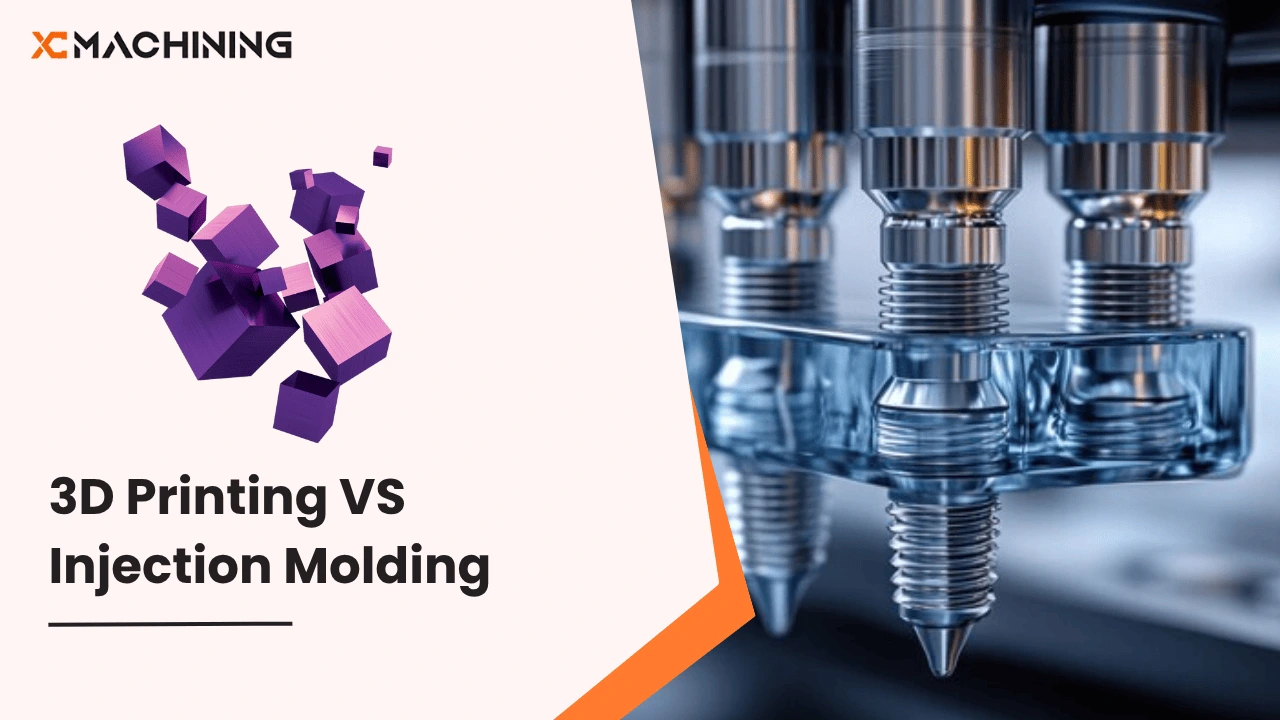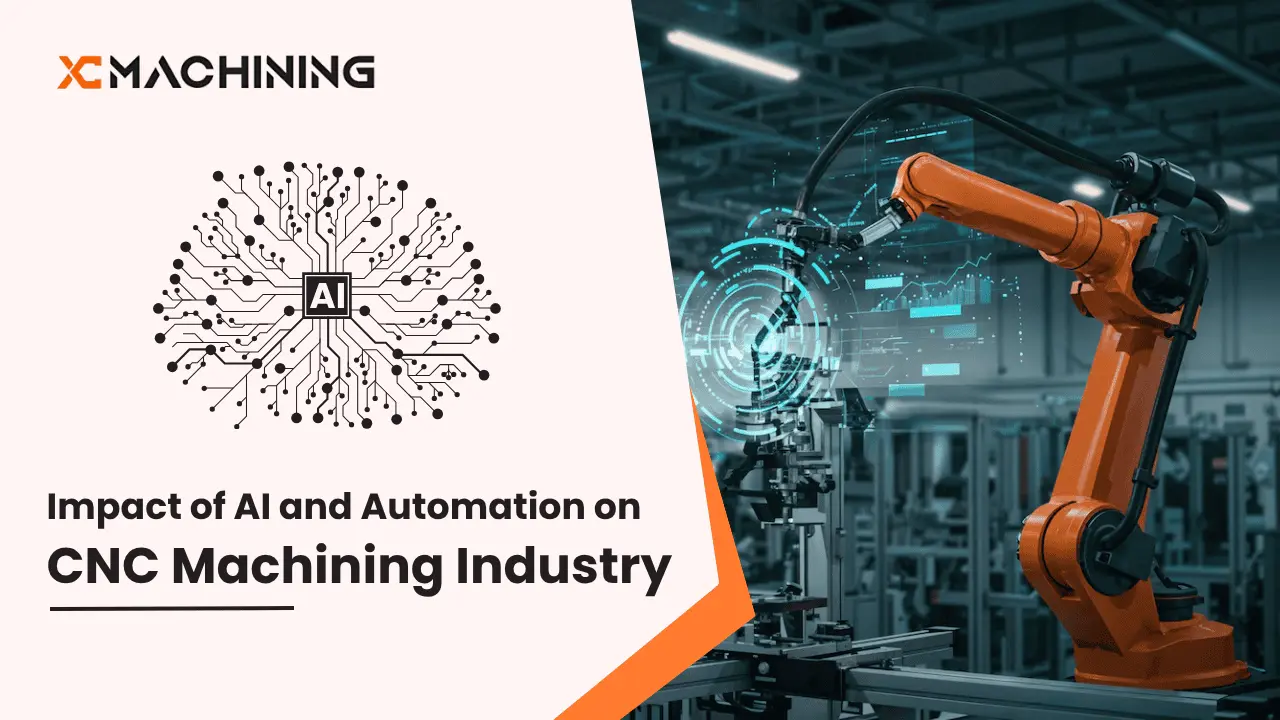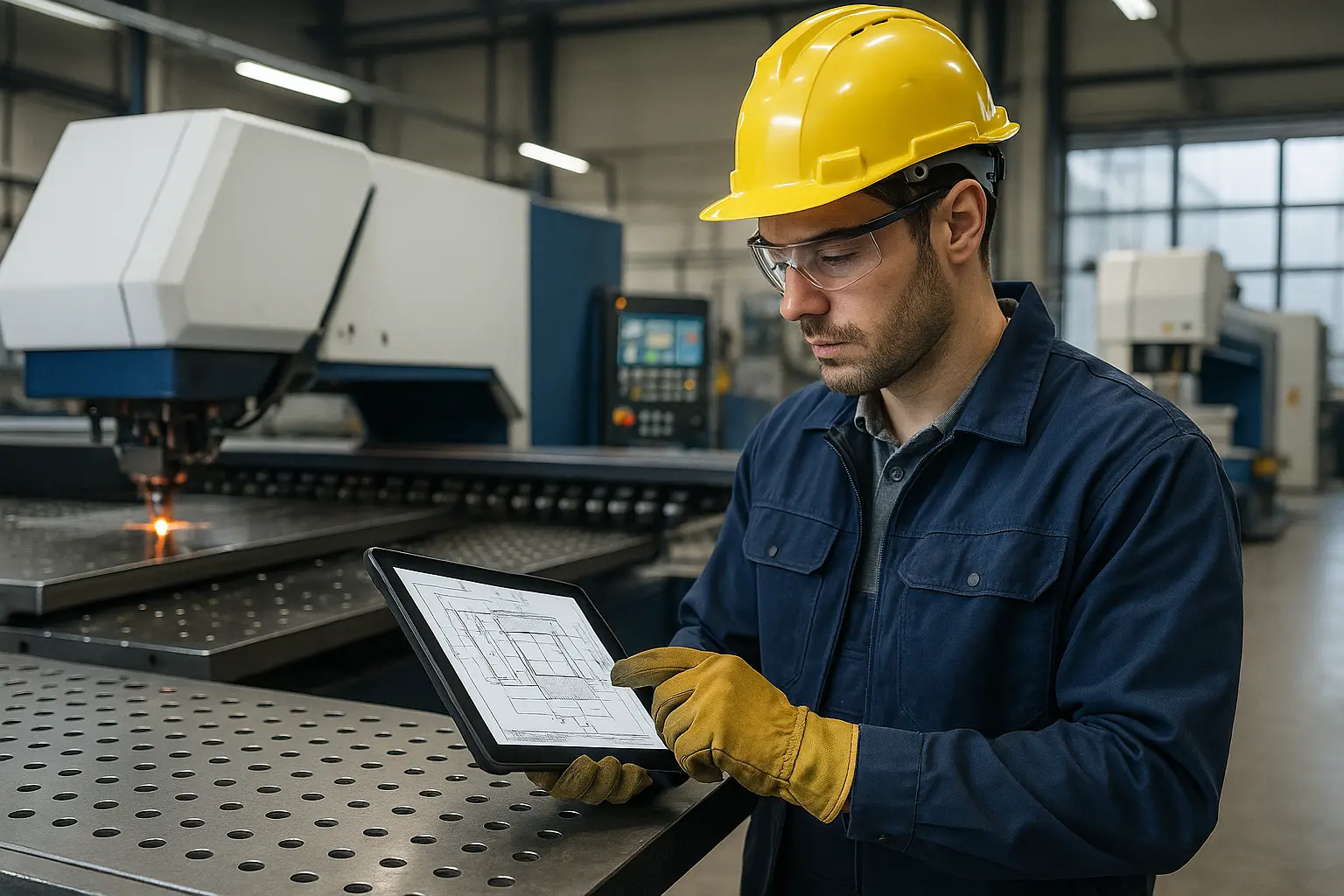When you’re considering investing in a pad printing machine for your business, one of the first questions that comes to mind is: “How much will this cost?” Whether you’re looking to expand your business or start a new project, understanding printing machine costs is crucial. It’s an investment, but how much do you really need to budget for? What factors determine the price? And most importantly, what can you expect in terms of long-term value?
In this blog, we’ll break down everything you need to know about pad printing machine costs, so you can make an informed decision. From the type of machine you need to hidden costs like maintenance, we’ll cover all the essentials to help you plan your budget effectively.
What is a Pad Printing Machine?
First things first: What exactly is a pad printing ? A pad printing machine is used to transfer images or designs onto various surfaces, often irregular or flat. It works by using a silicone pad to pick up ink from an etched printing plate and then pressing that ink onto a substrate (such as a product).
Pad printing is commonly used in industries like promotional products, electronics, automotive parts, medical devices, and more. It’s the go-to choice for printing small, intricate items or objects that are difficult to print using other methods, such as screen printing.
Now that we have a basic understanding, let’s look at the key factors that determine the cost of these machines.
Why Understanding Pad Printing Machine Costs Matters
You’ve seen those sleek logos and vibrant designs printed on everything from pens to car parts, and you’ve probably wondered, how do they do that? If you’re in a business that requires high-quality prints on small or oddly shaped items, a pad printing machine might be your answer. However, understanding its costs is key before diving into such an investment.
It can seem like a mystery to many. The different types, sizes, and options available can make the cost range quite broad. On top of that, owning and operating such a machine includes ongoing costs that can catch you off guard. That’s why knowing what to expect, from upfront costs to long-term investments, can help you plan for success.
Let’s break it down and explore how much this machine could cost you and how to budget effectively.
Factors That Affect the Cost of a Pad Printing Machine
The price of a pad printing machine isn’t one-size-fits-all. Several factors can significantly influence the overall cost. Here’s what to consider when budgeting for a new pad printer:
- Machine Type: There are several types of 3D printing , ranging from manual to fully automated models. Manual machines are the most affordable, while fully automated machines can get pricey.
- Size and Capability: Larger machines that can handle bigger or multiple substrates at once tend to cost more.
- Printing Method: Some pad printing have additional features like rotary systems for continuous printing, which also affect the price.
- Brand and Quality: Well-known brands with established reputations for reliability and durability might come with a premium cost.
So, depending on your needs, the price can vary widely from a few thousand dollars to tens of thousands. Understanding these factors will help you figure out which machine fits within your budget.
How Much Does a Basic Pad Printing Machine Cost?
If you’re just starting out or need a simple solution, you’ll find basic pad printing machines that cost between $3,000 to $6,000. These machines typically offer manual operation with a single-color print capability. They’re great for businesses that print on flat or cylindrical items with limited volume.
Here’s a breakdown of what you’ll typically get with a basic machine:
- Manual operation (you’ll need to load the items yourself)
- One-color printing
- Small printing area
- Minimal automation features
While basic machines are more affordable, they may not meet the needs of larger-scale operations. But if you’re just testing the waters or running a small shop, a basic pad printing machine can be a solid starting point.
Higher-End Pad Printing Machines: What Are You Paying For?
As you start considering higher-end pad printing machines, the price jumps significantly. These machines range from $10,000 to over $30,000, depending on features, automation, and print capacity. So, what do you get for that price tag?
- Automation: High-end models offer more automation, such as automatic ink mixing, drying, and loading/unloading, which reduces manual labor and increases production speed.
- Multi-Color Printing: These machines allow for printing in multiple colors on the same item, improving versatility and quality.
- Increased Speed and Precision: More advanced machines can handle larger volumes and offer better consistency across large runs of prints.
- Larger Print Area: You can print on bigger items or a wider area, making it suitable for bigger projects.
Investing in a high-end machine is a big commitment, but it’s perfect for businesses with higher demands and larger production volumes.
The Hidden Costs of Owning a Pad Printing Machine
When you buy a pad printing machine, the upfront cost is just one part of the equation. There are also hidden costs you need to be aware of:
- Setup Costs: Getting the machine installed, trained, and calibrated can add extra expenses.
- Training: You might need to invest in training for your team to operate the machine effectively.
- Ink and Consumables: Printing ink, cleaning supplies, and other consumables can add up over time, especially if you’re doing large runs.
- Repairs and Maintenance: While pad printers are durable, they do require regular maintenance to keep running smoothly. Be prepared for service fees or the cost of replacing worn-out parts.
These ongoing costs can add up, so it’s important to factor them into your overall budget.
Cost of Accessories and Consumables
Along with the pad printing machine itself, you’ll need to budget for accessories and consumables. Some of the essential items include:
- Printing Pads: Pads wear out over time and need to be replaced. They typically cost between $100 to $300 each.
- Printing Plates: The plates used to transfer the design onto the pad can also be pricey. Custom plates usually cost around $100 to $500.
- Inks: Depending on the type of ink and the color, costs can range from $30 to $200 per liter.
These consumables are essential to keep your pad printing running smoothly, and their cost can add up over time, so be sure to plan for them in your budget.
Maintenance Costs: Keeping Your Pad Printer in Top Shape
Owning a pad printing machine also comes with maintenance costs. Like any piece of industrial equipment, it requires regular servicing to keep it in optimal condition. Here’s what to expect:
- Routine Maintenance: This involves cleaning, lubrication, and part replacements, which can cost anywhere from $500 to $2,000 annually, depending on how much you use the Prototype Machining.
- Repairs: If something breaks, such as the ink delivery system or the print pad, it could cost a few hundred to several thousand dollars to fix.
- Extended Warranties and Service Contracts: Some manufacturers offer service packages that help mitigate repair costs. These can cost between $500 and $1,500 per year, depending on the plan.
It’s important to factor these ongoing costs into your overall budget to ensure your machine operates effectively.
Should You Buy New or Used Pad Printing Machines?
When it comes to buying a pad printing machine, you have two main options: new or used. Each option comes with its own set of pros and cons.
- New Machines: Buying new offers the latest technology, warranties, and the peace of mind that comes with knowing the machine hasn’t been worn down. However, new machines are more expensive.
- Used Machines: Buying a used machine can save you money upfront, but it comes with risks. Used machines may require more maintenance and could be less efficient. Prices for used precision machining can range from $2,000 to $12,000, depending on age and condition.
Choosing between new or used depends on your budget and how much risk you’re willing to take.
Budgeting for a Pad Printing Machine: A Step-by-Step Guide
When you’re planning to purchase a pad printing machine, it’s essential to break down your budget carefully. Here’s a step-by-step guide to help:
- Determine Your Needs: How much volume do you need to print? What’s the complexity of the designs? These factors will help you decide between basic or high-end machines.
- Set an Initial Budget: Account for the machine cost, installation, and training. Make sure you’re comfortable with the initial outlay.
- Plan for Ongoing Costs: Don’t forget to budget for consumables, repairs, and maintenance over time.
- Factor in Accessories: Add the cost of printing pads, plates, and ink into your calculations.
By planning ahead, you’ll have a much clearer idea of how much you can afford and how much you’ll need to allocate each year for your machining operations.
Financing Options for Pad Printing Machines
If the upfront cost of a pad printing machine is too high, financing may be an option. Some equipment manufacturers offer financing plans, or you can explore:
- Leasing: Leasing allows you to use the machine without the large upfront cost, but you’ll pay monthly fees.
- Loans: You can take out a loan to finance your equipment purchase. This can be beneficial if you want to own the machine outright.
Financing options can help spread out the cost over time, making it more manageable for businesses with tight cash flow.
Is the Investment in a Pad Printing Machine Worth It?
Now that you know the costs involved, is investing in a pad printing machine worth it? The answer depends on your business needs. If you’re in a field where high-quality, fast printing on small, irregular surfaces is required, a pad printing machine can offer tremendous value. It’ll save time, reduce errors, and open up new opportunities for production.
However, you need to ensure that your business volume justifies the investment. If you only need limited printing or a few prints here and there, it may be better to outsource rather than purchase a milling machines.
The Importance of Quality in Pad Printing Machines
When investing in a pad printing machine, quality should be a top priority. A high-quality machine will not only give you better results but also save you money in the long run. Cheap machines may seem like a good deal initially, but they can lead to increased maintenance costs, poor print quality, and slower production speeds.
In the long term, investing in a well-built, high-quality machine can lead to fewer issues, more consistent prints, and better overall value for your business. It’s worth spending a little more upfront if it means avoiding headaches down the road.
Exploring the Environmental Impact of Pad Printing Machines
Another consideration when investing in a pad printing machine is the environmental impact. While pad printing is highly efficient for small to medium production runs, it does have some environmental implications, such as ink waste and energy consumption.
For businesses looking to reduce their environmental footprint, choosing CNC machines with features that minimize waste can make a significant difference. Some newer pad printing machines are designed with energy-saving features, reduced ink consumption, and more effective cleaning systems, which can help reduce environmental impact.
Conclusion
Investing in a pad printing machine is a big decision. It’s important to budget carefully, understanding both the initial cost and the long-term expenses. If you plan wisely, you can benefit from a machine that boosts your productivity, improves print quality, and opens up new business opportunities.
Are you ready to make that leap and add a pad printing machine to your business? What’s your next step in making this investment?
FAQs
What is the average cost of a pad printing machine?
The cost of a pad printing machine can range from $3,000 for a basic manual machine to over $30,000 for fully automated systems. Prices depend on the machine’s capabilities, size, and features.
What factors affect the price of a pad printing machine?
Several factors influence the price, including the machine’s type (manual or automated), printing capacity (single or multi-color), the brand, and additional features such as automatic loading or ink mixing.
Can I use a pad printing machine for multi-color printing?
Yes, higher-end pad printing machines allow for multi-color printing. These machines can be equipped with multiple printing plates and color stations to print on items in more than one color.
How long does a pad printing machine last?
With proper maintenance, a pad printing machine can last anywhere from 5 to 15 years. Regular servicing, proper ink management, and replacing worn parts can extend the life of your machine.













